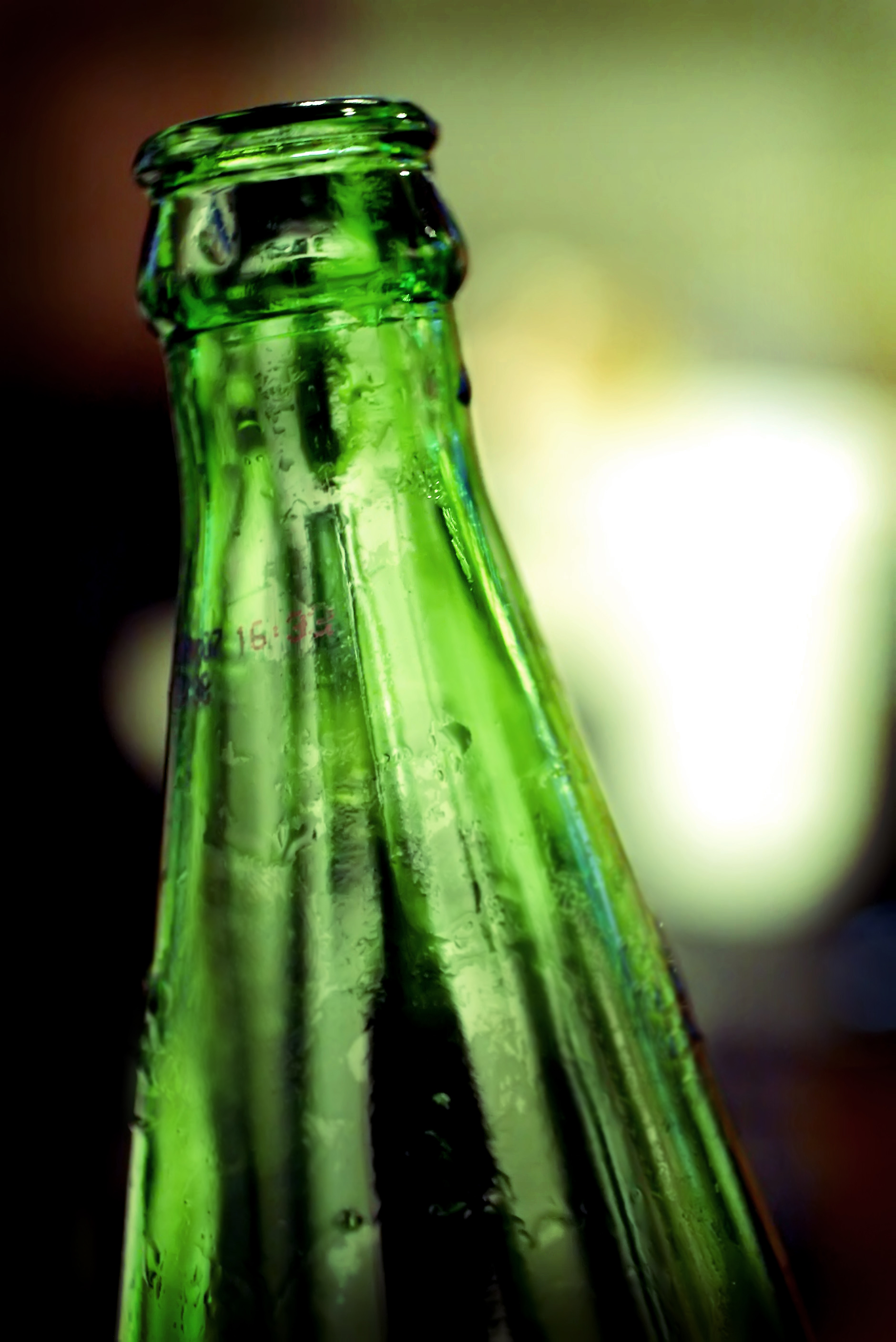1300 737 976
Call us
Live Chat
Call us

Temperature measurement is imperative to the glass industry as it comes down to the high energy process which is involved with manufacturing glass. Efficiency is enhanced with temperature measurement through preserving homogeneous quality as well as decreasing the amount of scrap from the glass plant. To have improved process control, temperature measurement actions are taken throughout multiple stages of production, including manufacturing of various glass such as float glass, fibre glass and technical glass.
Advantages of Infrared Pyrometers.
Role of wavelength or spectral range in pyrometer selection
Glass behaviour changes according to wavelength changes, which makes wavelength selection imperative to the glass application.
The table summarises the glass application and our recommended products for the same.
Float Glass Application
Melting temperature of the furnace is 1500°C where raw materials are fed into it. Molten glass is then moved to the tin bath via a canal. The glass then floats on the surface. As the glass runs through the tin bath, the temperature drops from 1100°C to 600°C. After the glass has exited the tin bath, it travels to the annealing lehr, it cools down so as to make the glass strain resistant, as well as not cracking and significantly cut ability of the glass is good. After the glass has been has been annealed, it departs the lehr where thereby glass is cut and transported.
Float glass temperature measurement is crucial in the working tank, canal, tin bath and annealing lehr.
1- Application: Working Tank
Process temperature: 1500°C
Recommended pyrometer: 450 G-2 Glass pyrometer
2- Application: Canal
Process temperature: temperature must be minimum 1100°C before entering the bath
Recommended pyrometer: 450 G-2 Glass pyrometer
3- Application: Tin bath
Process temperature: starting at 1100°C and leaving the float bath as a solid ribbon at 600°C. As the glass flows down the tin bath temperature reduces down to 600°C
Installation of the infrared pyrometer: infrared sensors should be mounted above the tin bath
Recommended infrared pyrometer: AL 390 Infrared pyrometer
4- Application: Annealing lehr
Process temperature: 100°C-800°C
Installation of the infrared pyrometer: infrared sensors will be mounted at the top across the lehr at equal locations
Recommended infrared pyrometer: AL 514 Infrared pyrometer
Container glass applications
Typically bottles, jars, bowls and glass items designed to hold contents are considered container glass. The process of manufacture involves transferring molten metal from the working tank to one or more hearths/feeders. Molten glass then flows into the gob from the position it is dropped, into the moulds ready to form.
It is critical that temperature is precisely managed in the Fore hearth/Feeder. Managing the temperature will ensure that the molten glass reaches the gob in a homogeneous state. Temperature change is critical to glass viscosity and only a minor change in temperature can influence viscosity.
1- Application- Working Tank
Recommended Product: 450 G-2 Glass pyrometer
Temperature measurement is critical to maintain homogeneous condition of the molten glass within the tank.
2- Application- Feeder/Fore hearth
Recommended Product: 450 G-2 Glass pyrometer
The 450 G-2 is the most suitable infrared pyrometer for measuring temperature in the Fore hearth. Fast response time allows changes in temperature range can be monitored easily. The Pyrometer has a small optical head, which allows it access to the most difficult to reach locations. The fibre optic cable can withstand heat up to 250°. Accessories can also be useful, particularly an air purge unit, to help keep the optical lens clean.

3- Application- Glass Gob
Recommended Product: A 450 C
In order to get the desired wall thickness of the glass container, temperature management is imperative. An infrared pyrometer can ensure the correct gob temperature is achieved before moving onto the next stage. Container glass manufacture requires quick response devices. The response time of the two colour pyrometer is 20msec, making it a suitable choice for container glass manufacturing. A pyrometer with a water cooling jacket is the best choice for this application.
4- Application- Glass Mould
Recommended Product: A 250 Infrared pyrometer
The A 250 single wave infrared digital pyrometer with peak picker and software for continuous data storage is the best choice for this application.
Technical Specifications of Products
Copyright © 2022 Created by Pepper Digital
Disclaimer – Images for illustrative purposes only and may not be representative of the actual resolution of the camera shown.